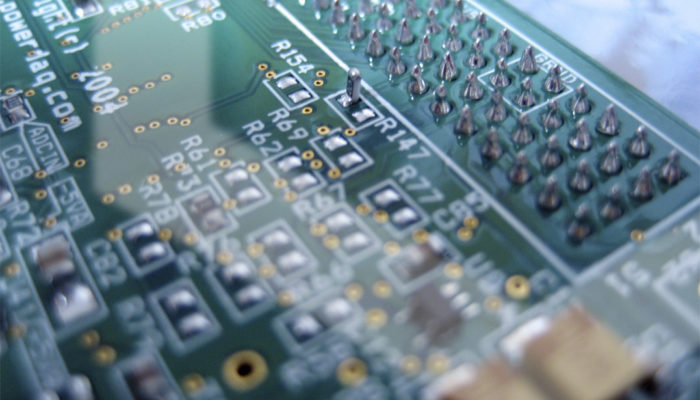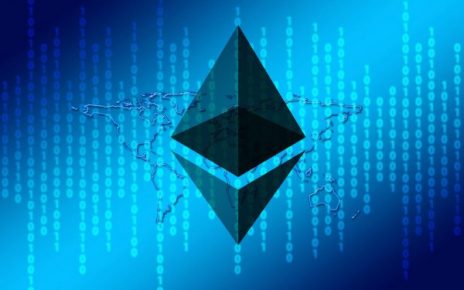In the recent war against the ASIC mining rigs, a group of miners of Ethereum launched an initiative to confront the problems the ASIC miners present for the traditional GPU (Graphics Processing Unit) miners and the negative consequences the ASIC miners have on the decentralization, one of the essential characteristics of the cryptocurrencies.
To tackle this problem, a new algorithm for the mining of cryptocurrencies based on Ethash has been developed. The new algorithm is called Programmatic Proof-of-Work (ProgPoW) and it was presented a few days ago in the latest official reunion of Ethereum developers. The blockchain network of Ethereum is the main blockchain for the new algorithm which is presented as a new Ethereum Improvement Proposal (EIP).The name of the new algorithm comes from the way it optimizes the mining with the GPUs: “ProgPoW is based on Ethash and follows the same general structure. The algorithm has five main changes from Ethash, each tuned for commodity GPUs while minimizing the possible advantage of a specialized ASIC.
The name of the algorithm comes from the fact that the inner loop between global memory accesses is a randomly generated program based on the block number. The random program is designed to both run efficiently on commodity GPUs and also cover most of the GPU’s functionality. The random program sequence prevents the creation of a fixed pipeline implementation as seen in a specialized ASIC. The access size has also been tweaked to match contemporary GPUs.”
According to the developers, the goal of the ProgPoW is to close the efficiency gap available to specialized ASIC miners. This means the goal is to compete on the same level as the ASIC miners using only GPUs and thus reduce the centralization that the ASIC miners could provoke.
Besides Bitcoin, the specialized ASIC chips recently expanded to other cryptocurrencies as well, such as Ethereum and Zcash, which is why the ProgPoW algorithm is considered to be a sort of defense, because its goal is to become the most efficient algorithm when it comes to competing with the ASIC miners.
Various developers are standing behind this initiative known as EIP1057 and are promoting its adoption. One of them is Kristy-Leigh Minehan, the CEO of Mineority, a company specialized in mining with GPUs. Minehan decided to share some comments regarding the new algorithm: “The cryptocurrencies were created to eliminate the financial distribution from the central entities and individuals; (but) specialized hardware pushed the wealth directly into the hands of a small number of individuals. In the past, the quantity of value at risk was lower in networks such as Ethereum, Zcash and Monero. Now that these networks have grown to considerable amounts of money, the impact and the influence of the specialized hardware grew to a point where it cannot be ignored any more.”
Likewise, the official proposal assured that, while Ethereum has already planned a future change of the Proof-of-Stake (PoS) algorithm, it is still a long way to reach it, which is why, according to Minehan, our work can be considered as an effort with value only on a short-term basis, but just like with an airbag, it is worth having in in case of an accident.
Nevertheless, the ProgPoW algorithm could be worth on a long-term basis as well, since it is possible to implement it through a bifurcation not only in the blockchain network of Ethereum, but also in all the other cryptocurrencies based on Ethash, such as Muscoin (MUSIC), Metaverse (ETP) and Expanse (EXP). Moreover, the development team behind Expanse is already ready to implement the new algorithm in order to maintain the blockchain network resistant to the ASIC miners. This is what the Expanse team published on its official Twitter account: “We are #JoiningTheFight with #ProgPOW setting up a new EXP testnet with ASIC resistant ETHASH. Stay tuned. EXP is the first ETH network to do this.”
Even further away from the Ethash, with some modifications, it is possible to implement the ProgPoW algorithm into other blockchain networks as well, since the Zcash and Vercoin communities have already expressed their interest in the new algorithm. One of the goals of Vertcoin is to maintain the resistance of its blockchain network to the ASIC miners.
All these happenings mean the war between the GPU miners and the producers of the ASIC chips is starting. This is not the first attempt to make the ASIC miners useless in certain blockchain networks. In the past, Monero and Bitcoin Gold decided to introduce bifurcations of their blockchain networks to maintain the resistance to the ASIC mining chips. After activating its hardfork, Monero discovered that its total processing power was reduced by 20%, which could indicate the percentage of the processing power that belonged to the ASIC miners.
Even if the ASIC miners manage to readapt to the updates of certain blockchain networks, it all depends on how resistant the mining algorithm is. Until now, the Ethash was the most resistant, but the ProgPoW could overcome it.




